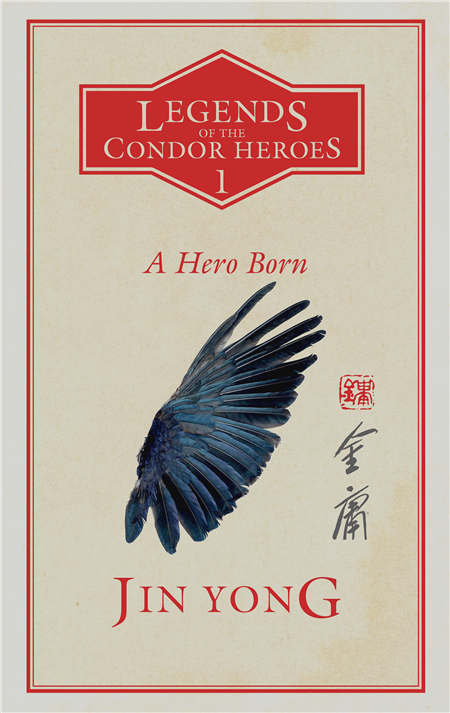 My rating: 4 of 5 stars
My rating: 4 of 5 stars
Having read about the Mitford sisters in both Laura Thompson's "Take Six Girls: The Lives of the Mitford Sisters" and Mary Lovell's "The Sisters: The Saga of the Mitford Family", I was naturally quite intrigued as to how one of the Mitford girls was going to feature in a murder mystery.
Louisa Cannon is a young woman looking to escape a harsh life in London in 1920. A chance meeting of an old friend leads to an introduction to the young Nancy Mitford, and for Louisa, the possibility of creating a new life when informed of a newly vacant position within the Mitford household.
It seems that as Louisa is escaping the clutches of her evil uncle, a woman, Florence Nightingale Shore, is attacked a left for dead aboard a train. The two stories, told independently, begin to merge as the investigation onto Florence's death takes place, and by coincide, Louisa and Nancy Mitford slowly become involved.
The story build slowly, characters cross our paths as the investigation progresses, and we are treated to an insight in the lives not only of the gentry in the early post-war years but also those who returned from the fighting. The empathy and identification with Louisa developed as the story progressed.
I enjoyed the fact that this was a fictionalised account of the very real murder of Florence Nightingale Shore, with the author offering a resolution of sorts. I particularly liked the occasional interspersion of letters written by Florence from the front which gave a little background to current events.
I'll be very interested to see how the Mitfords are introduced into the next in the series - obviously as this is #1 there follows that there will be a second book.
Will most likely also track down "The Nightingale Shore Murder" by Rosemary Cook.




















